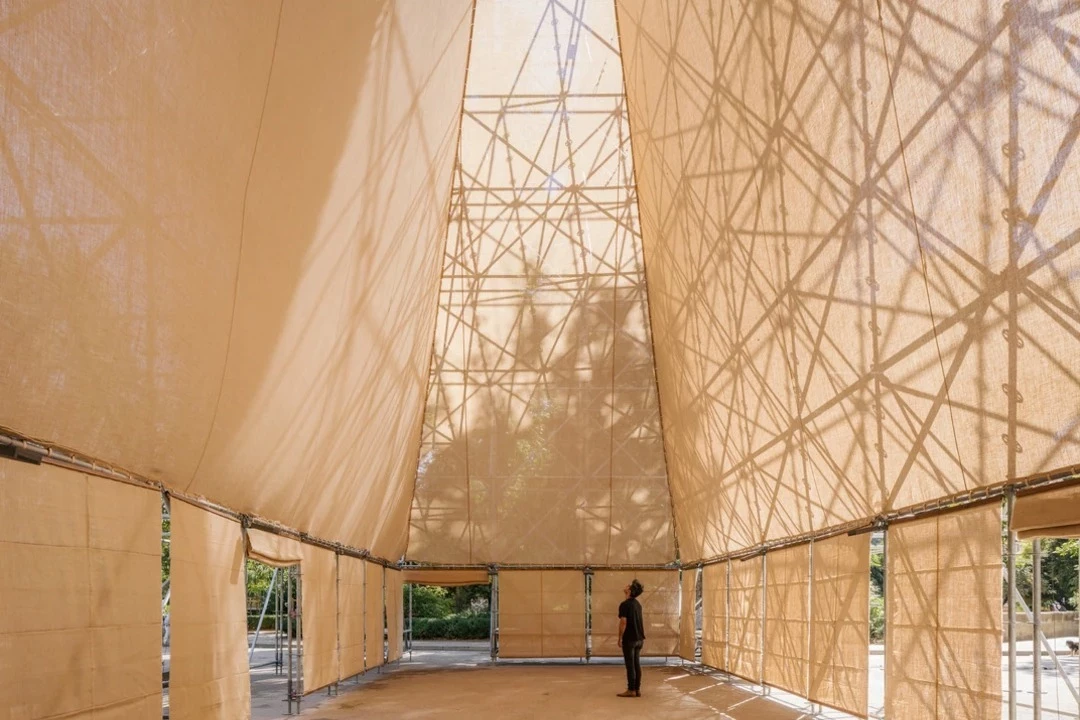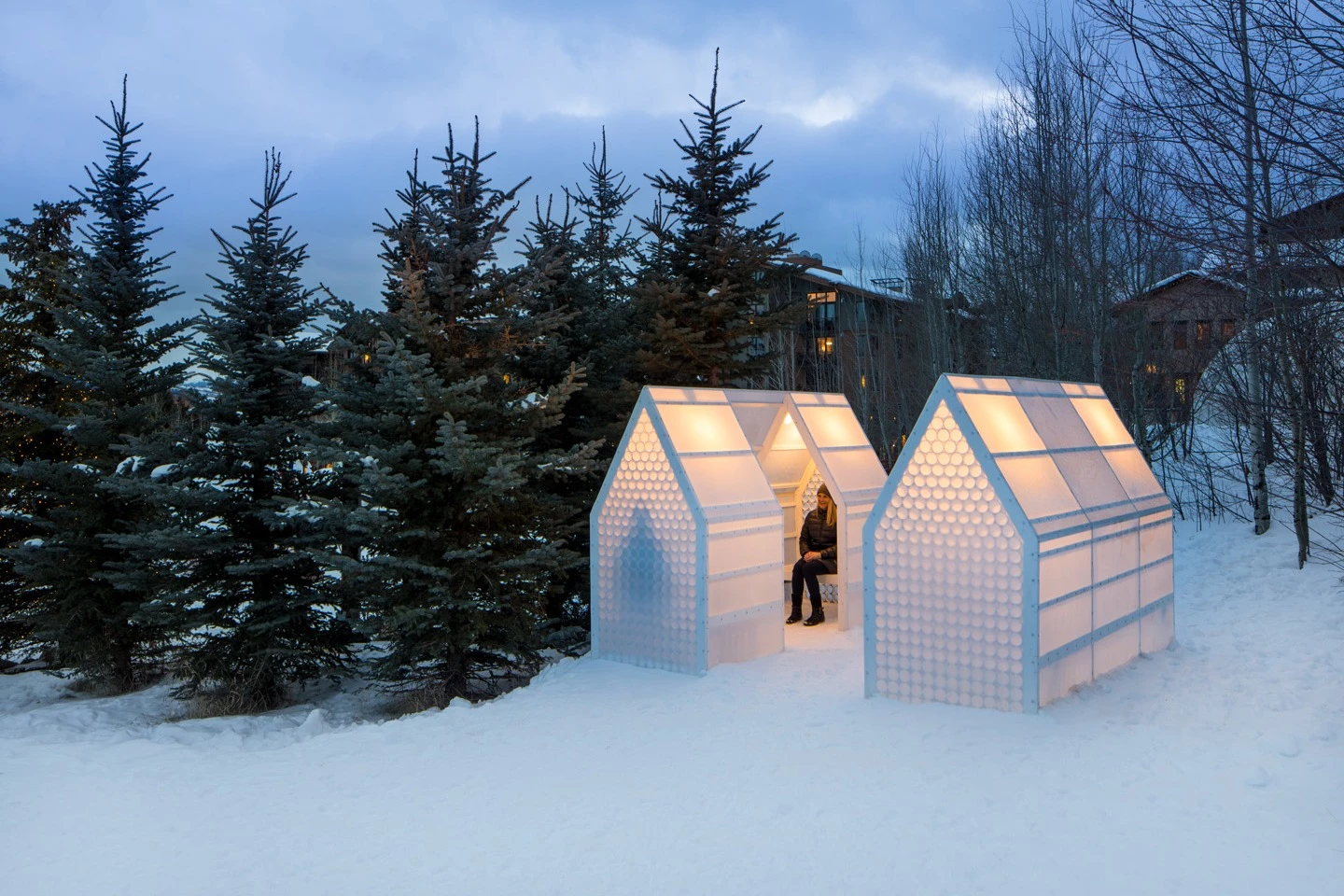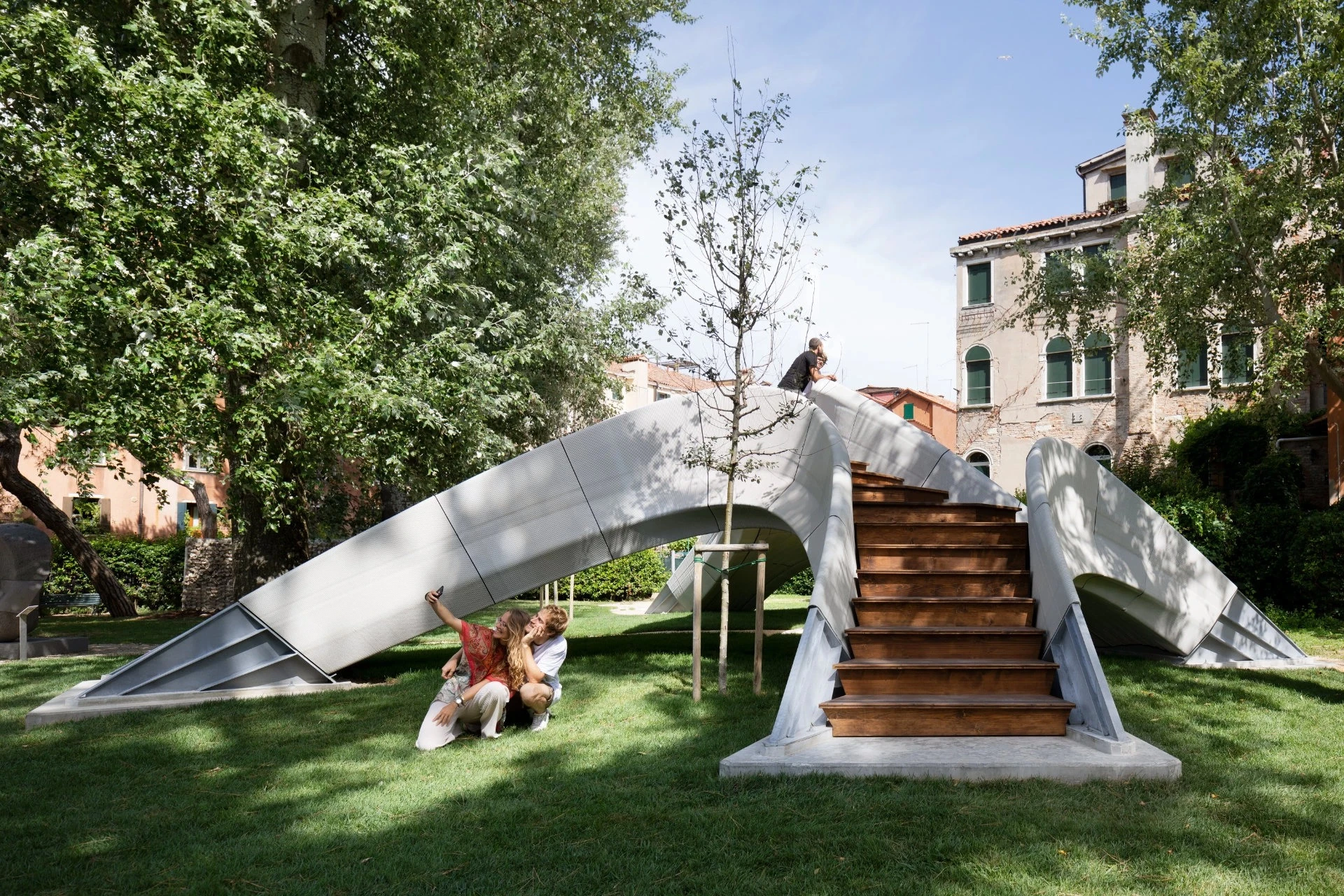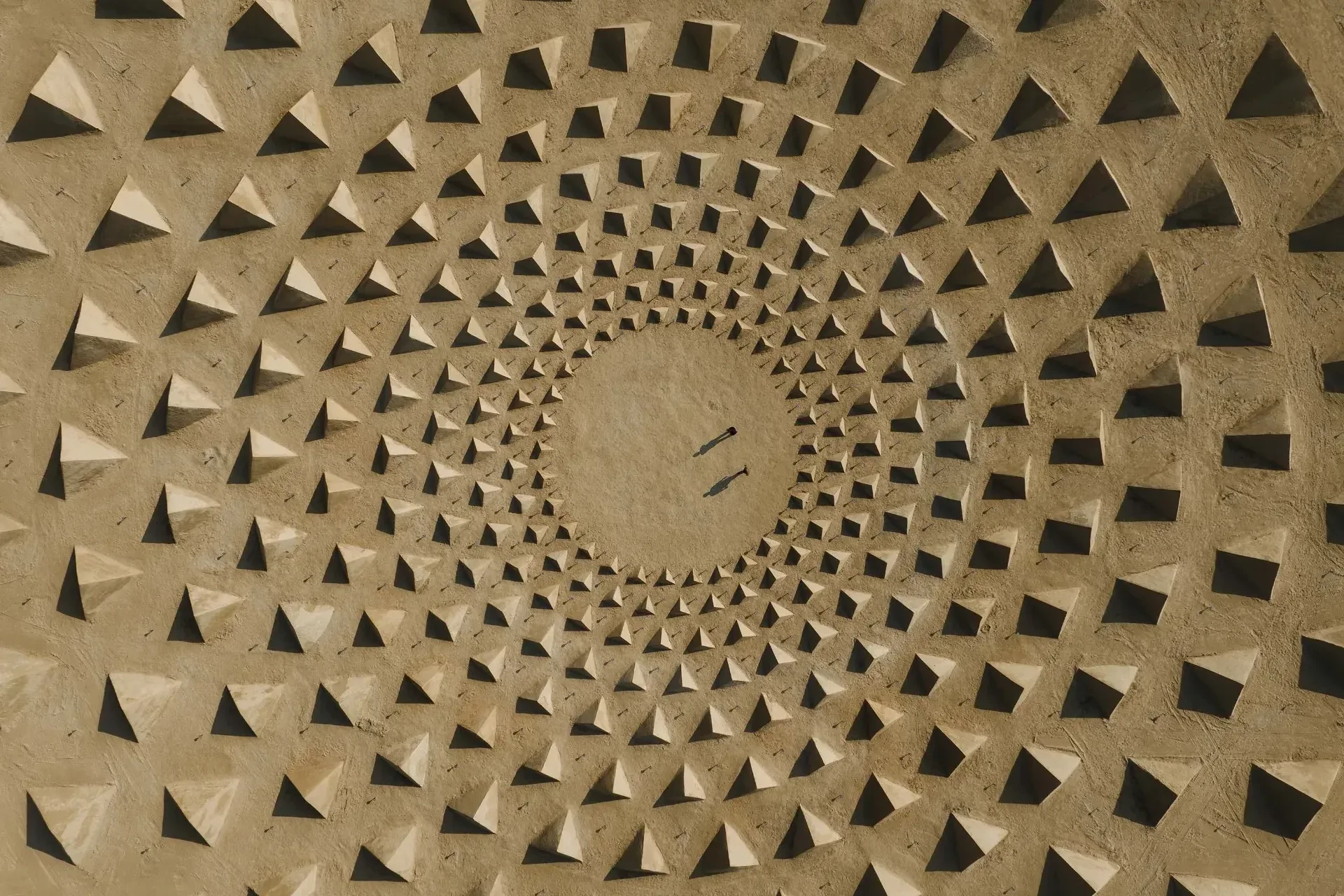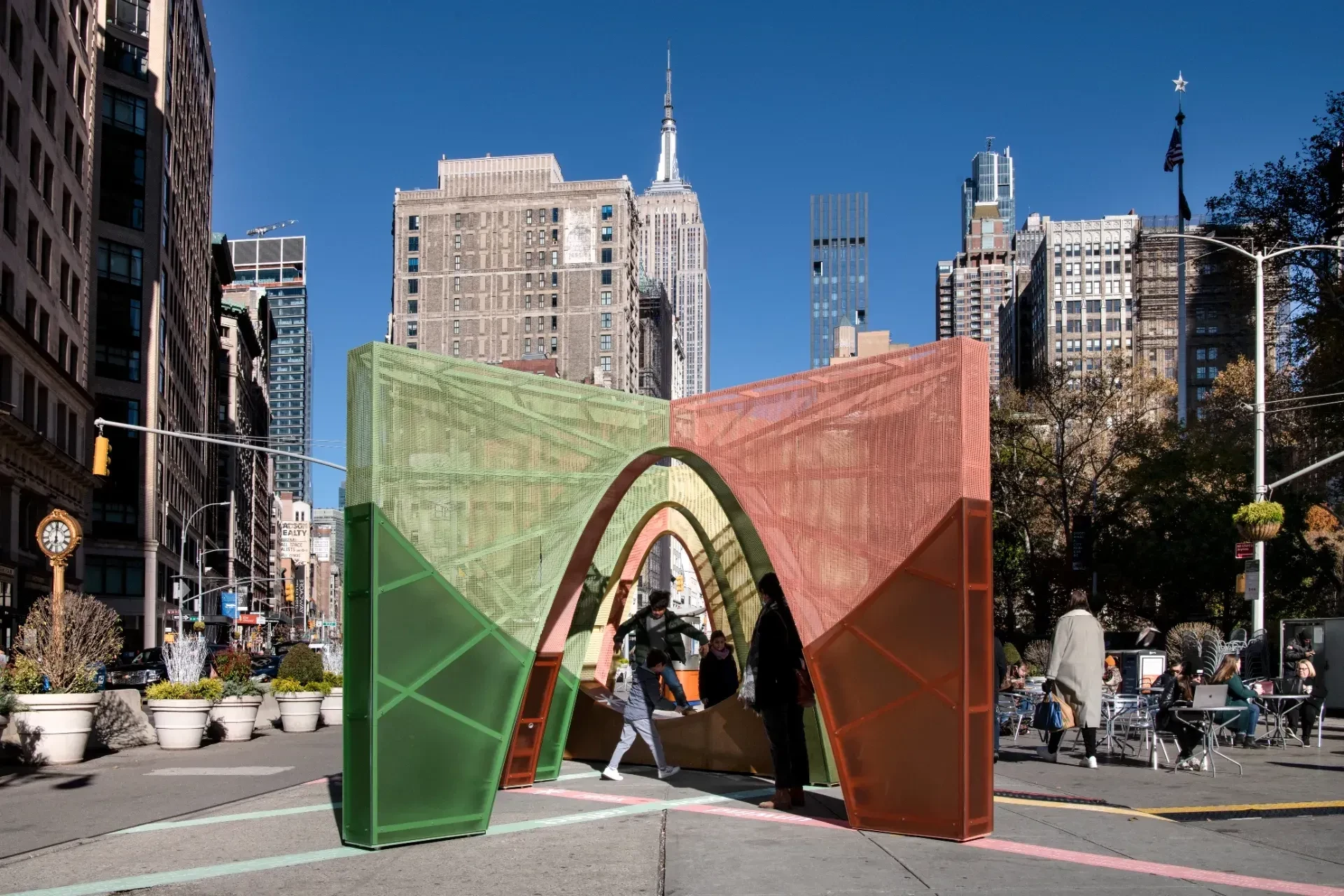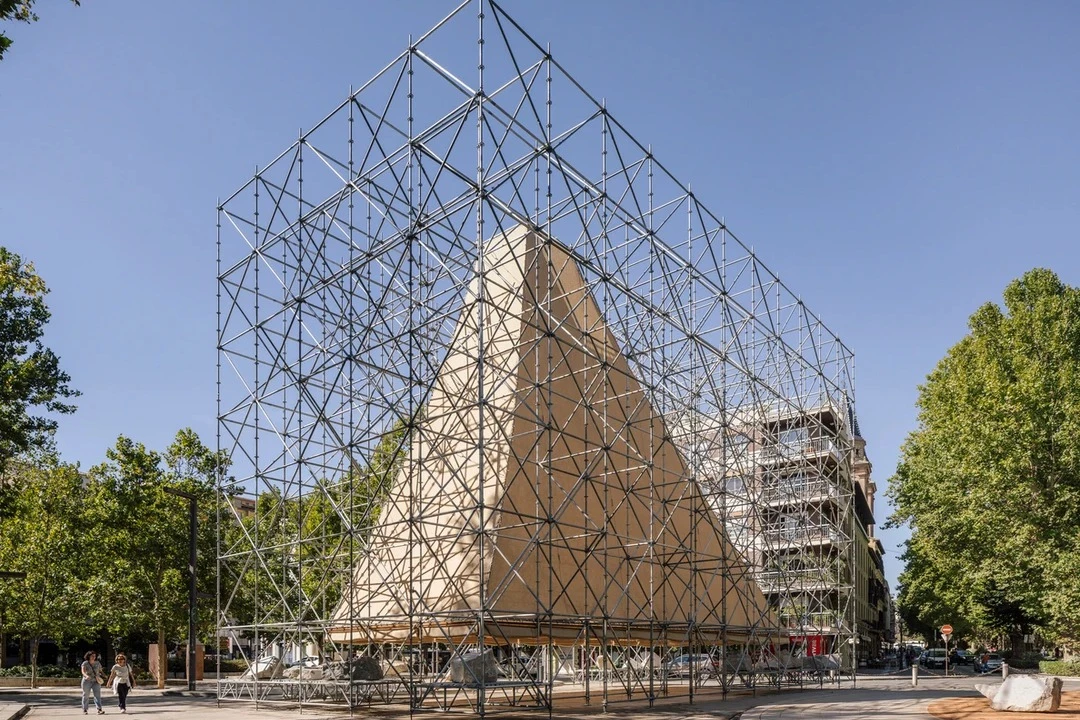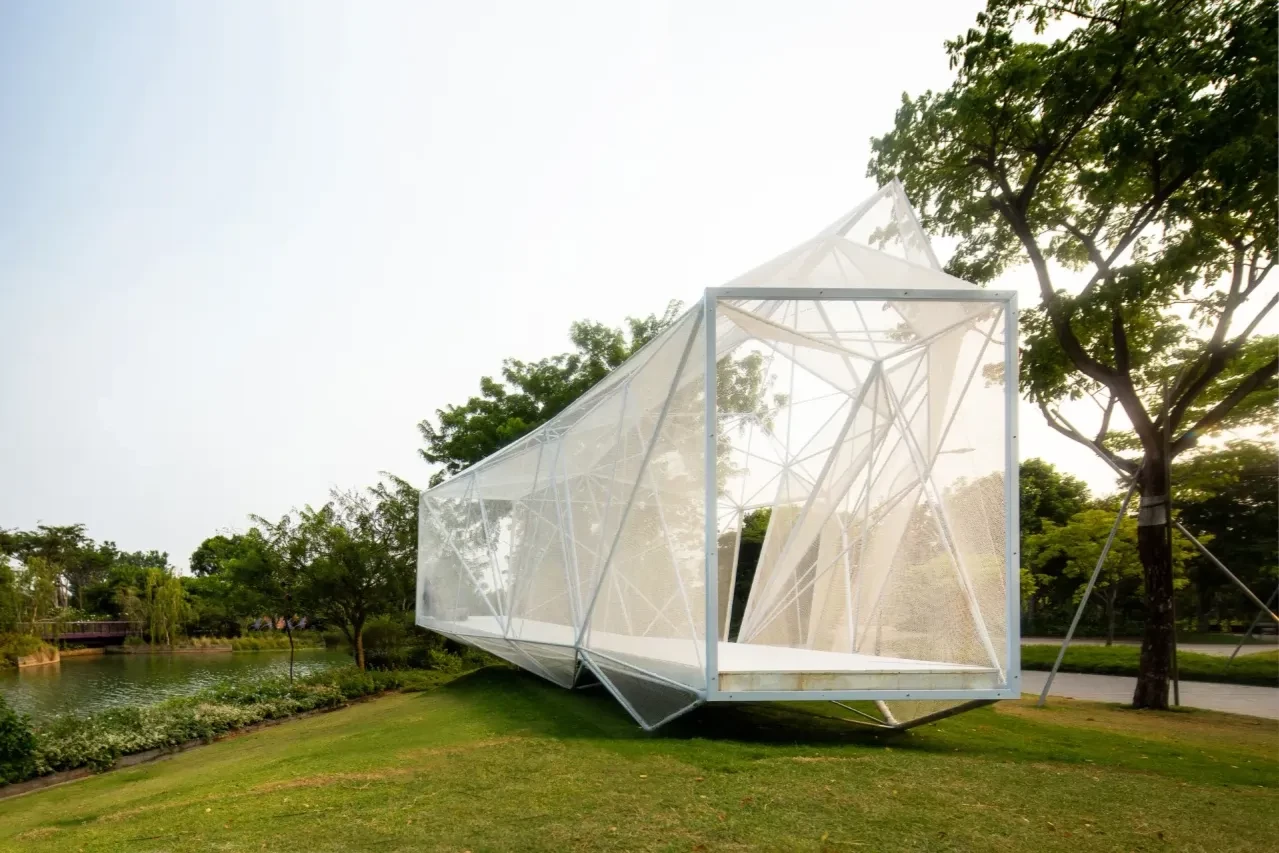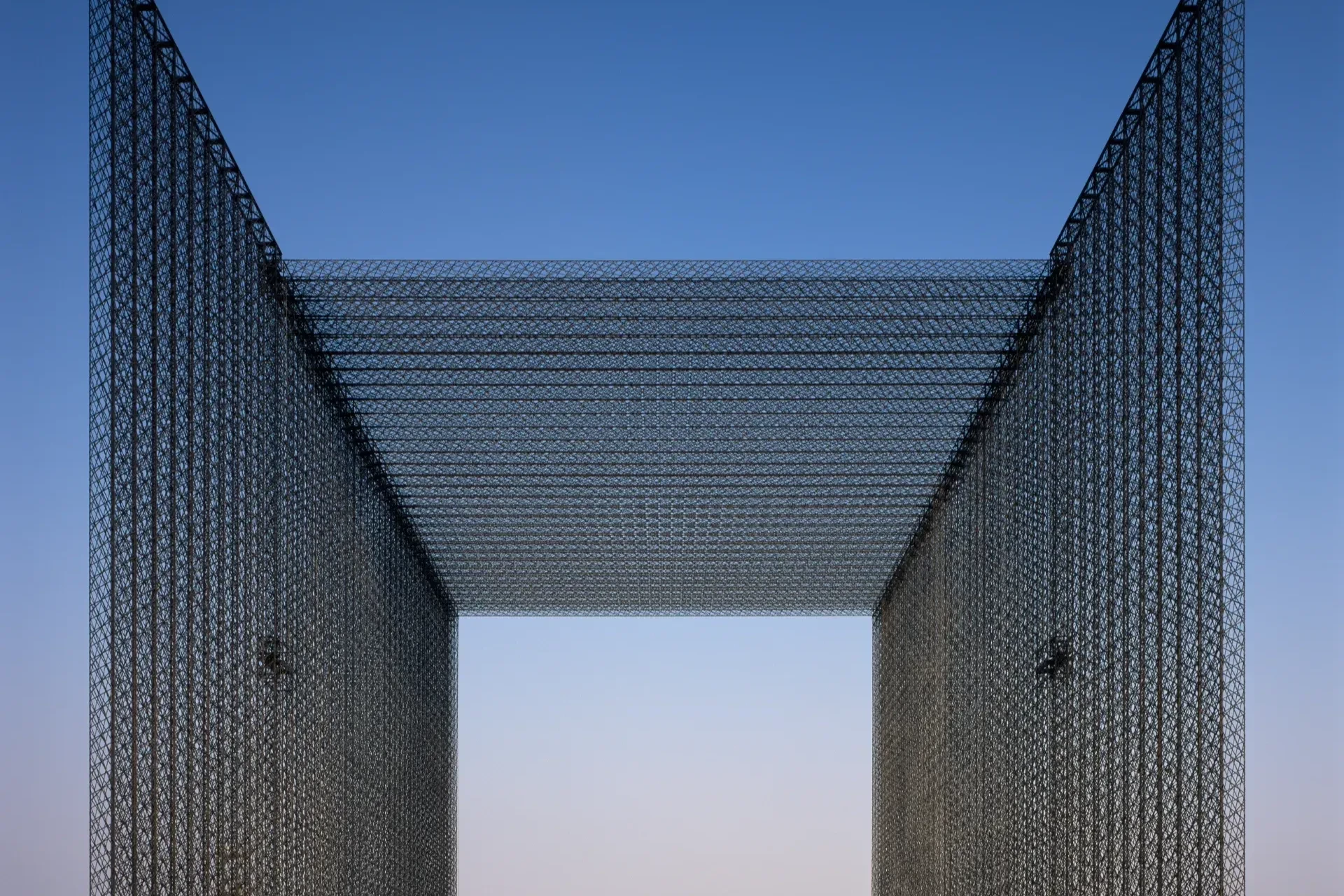格陵蘭薩凡吉特 帕曼特冰蝕高原景觀亭
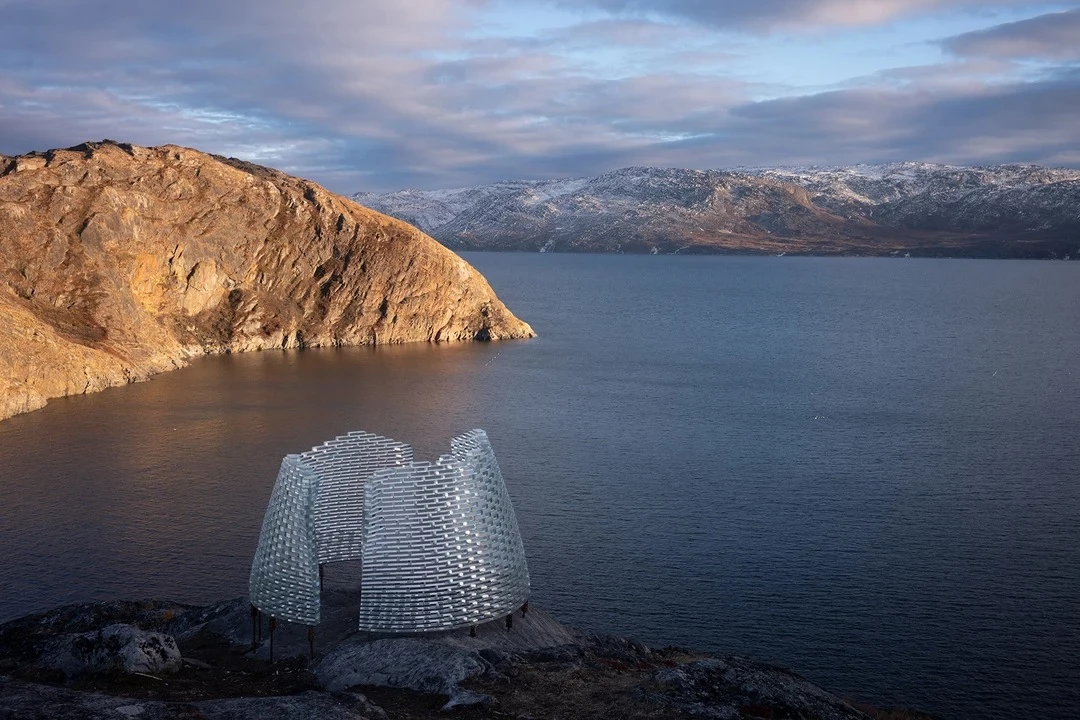
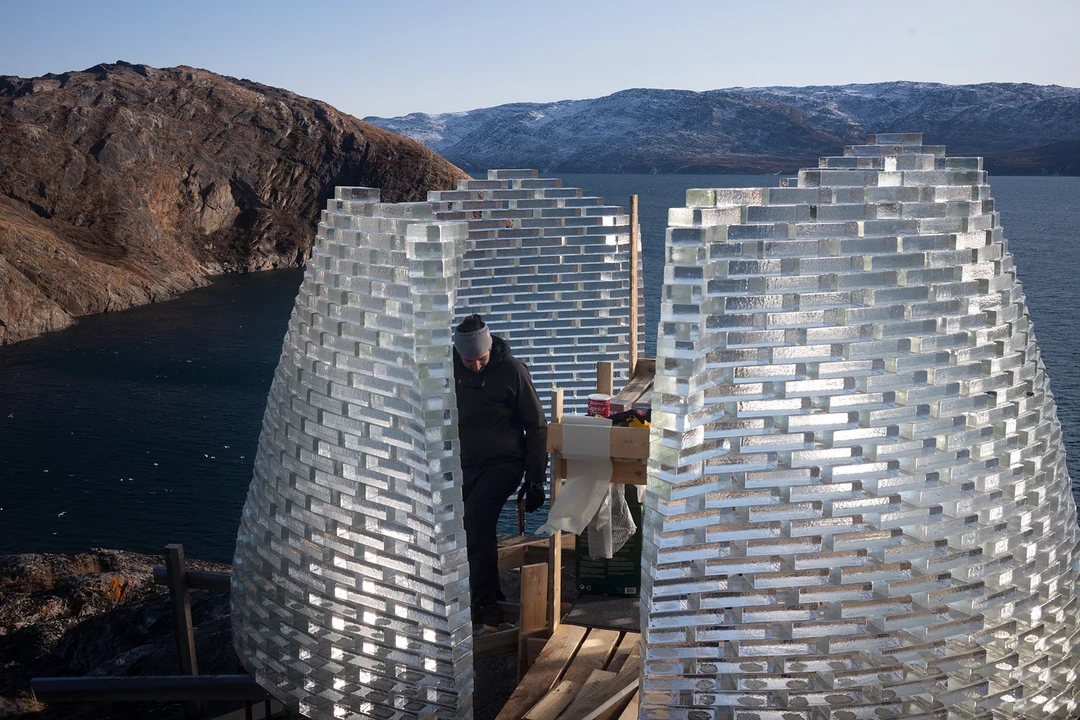
Located in Sarfannguit, a cultural landscape in West Greenland and a UNESCO World Heritage site since 2018, the Fjeld pavilion by Konstantin Ikonomidis is designed to celebrate and promote the Inuit intangible cultural heritage and traditional knowledge of the environment. Characterized by the two fjords that meet on Sarfannguit’s eastern tip on the hills, the pavilion’s location has been carefully chosen by the local community, site manager Paninnguaq Fleischer-Lyberth and architect Konstantin Ikonomidis for its impressive view over the Sarfannguit municipality.
Set on the planned trail between Sarfannguit and Nipisat, this site-specific installation will serve as a landmark and a gathering point and dissemination site in Sarfannguit, where the World Heritage site’s beautiful surroundings can be experienced by locals and visitors to the village. The Fjeld pavilion is designed as a poetic and aesthetic object, but most importantly as a symbolic gesture acknowledging the natural site and rich history, the distinctiveness of the Greenlandic culture, and the spiritual sensibilities rooted in Sarfannguit.
由設計師打造的帕曼特冰蝕高原景觀亭,為一座位於西格陵蘭薩凡吉特的文化景觀,由於該村落於2018年被列為聯合國文教科文組織世界遺產,此案設計遵循當地對環境的傳統認知,弘揚因紐特非物質文化遺產。兩條狹灣在薩凡吉特東部的山丘上交會,作為當地標誌性特徵,設計團隊特別將該亭位置設在薩凡吉特和泥皮薩特島之間的小徑,如此一來,不僅享有這座城市的美景,也將成為島上的地標、集會點和宣傳基地,讓當地居民和遊客可以在此體驗周遭的世界遺產之美。帕曼特冰蝕高原景觀亭的設計不僅富有詩意與美感,並以象徵性手法傳達自然景觀和豐富歷史,體現格陵蘭文化的與眾不同及薩凡吉特根深蒂固的精神情感。
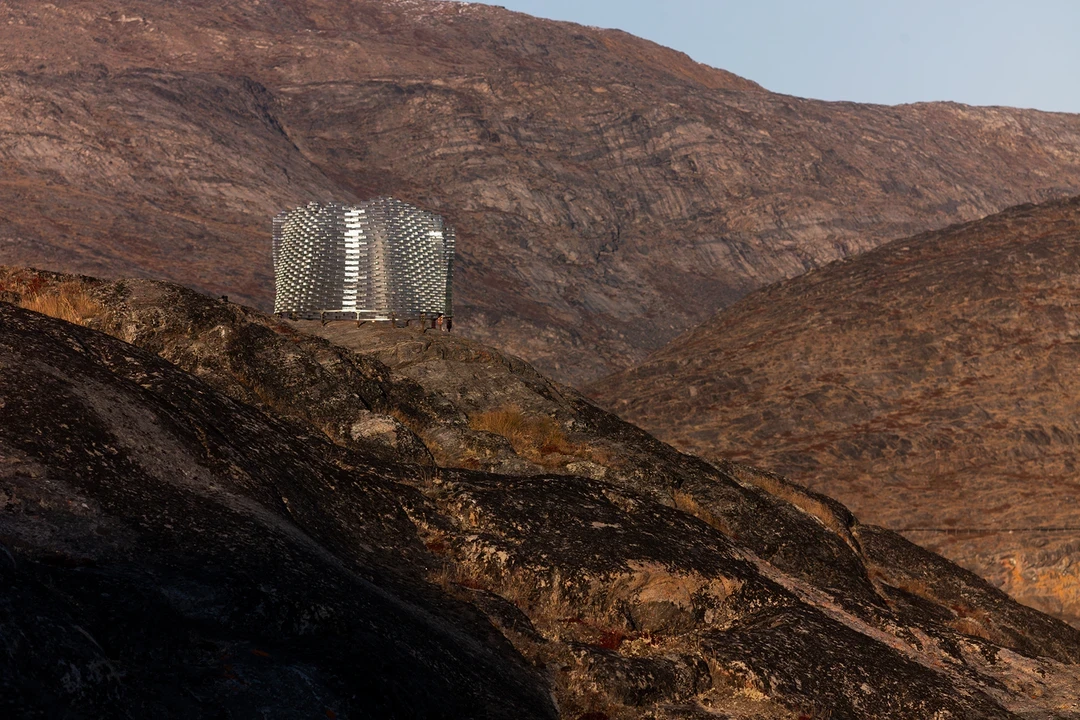
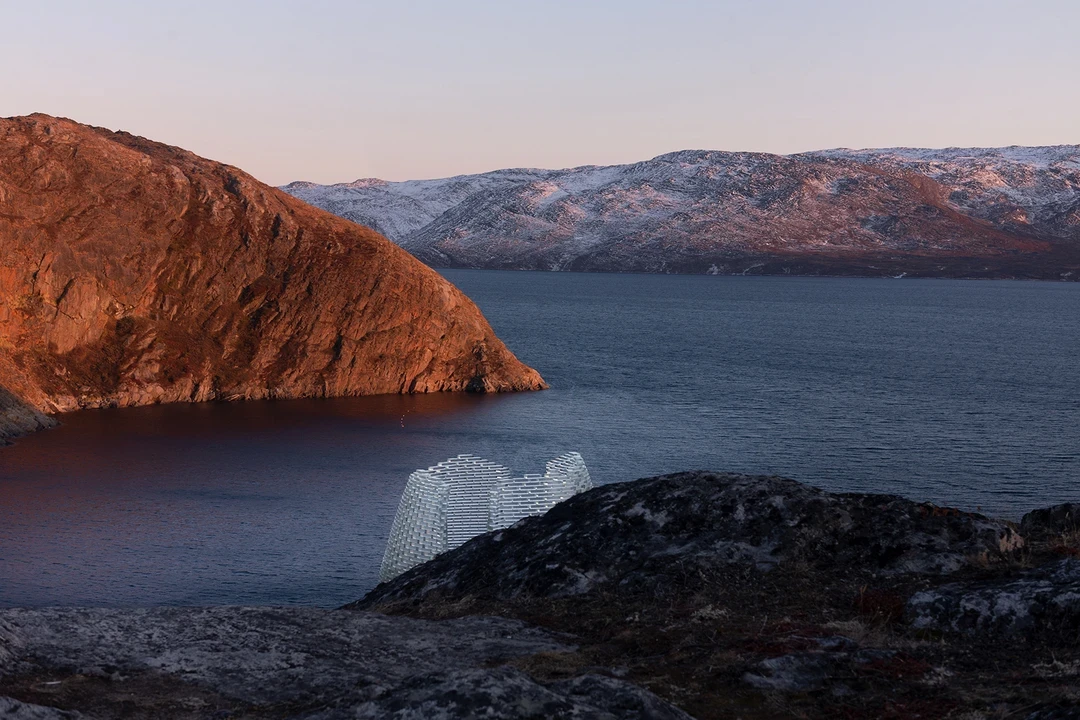
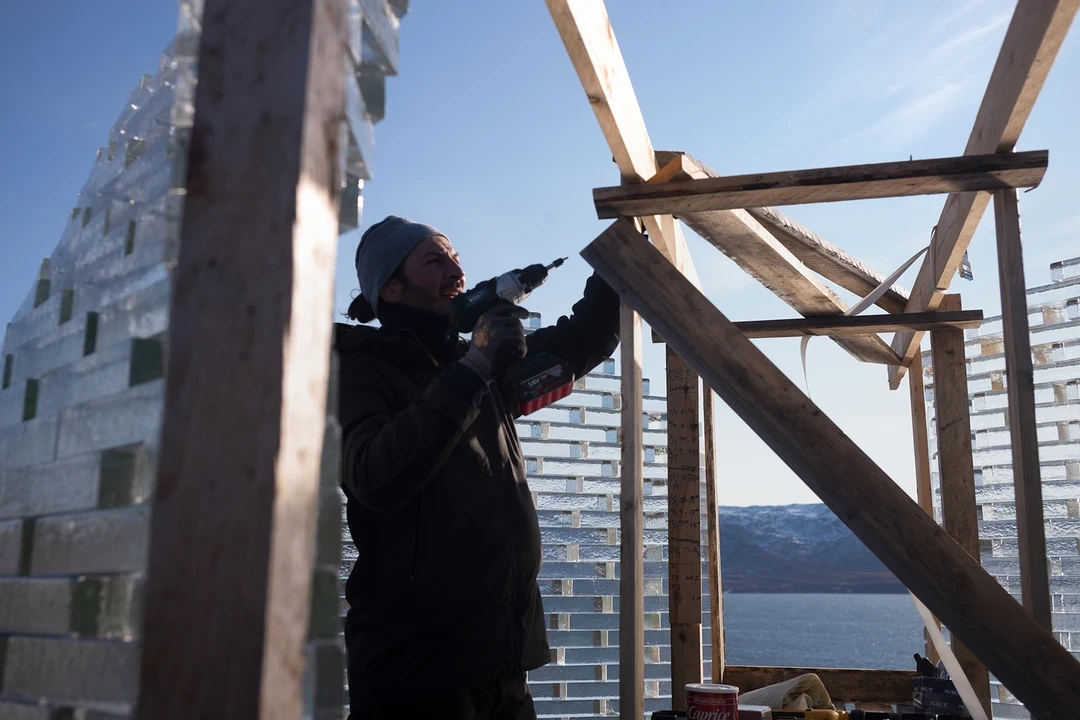
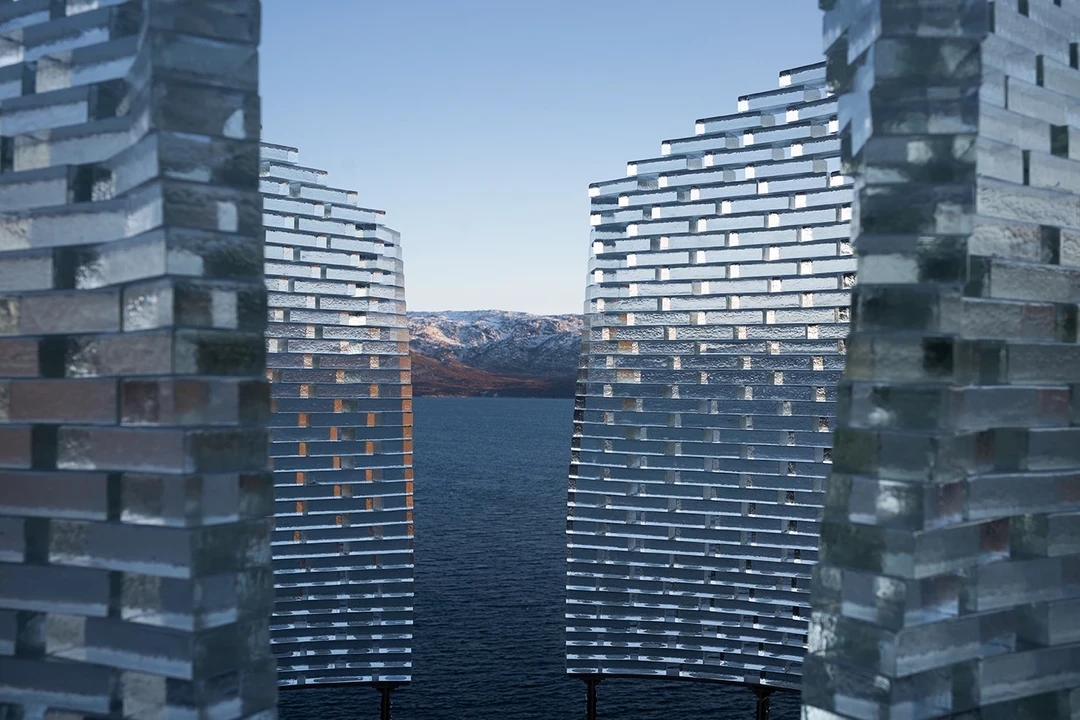
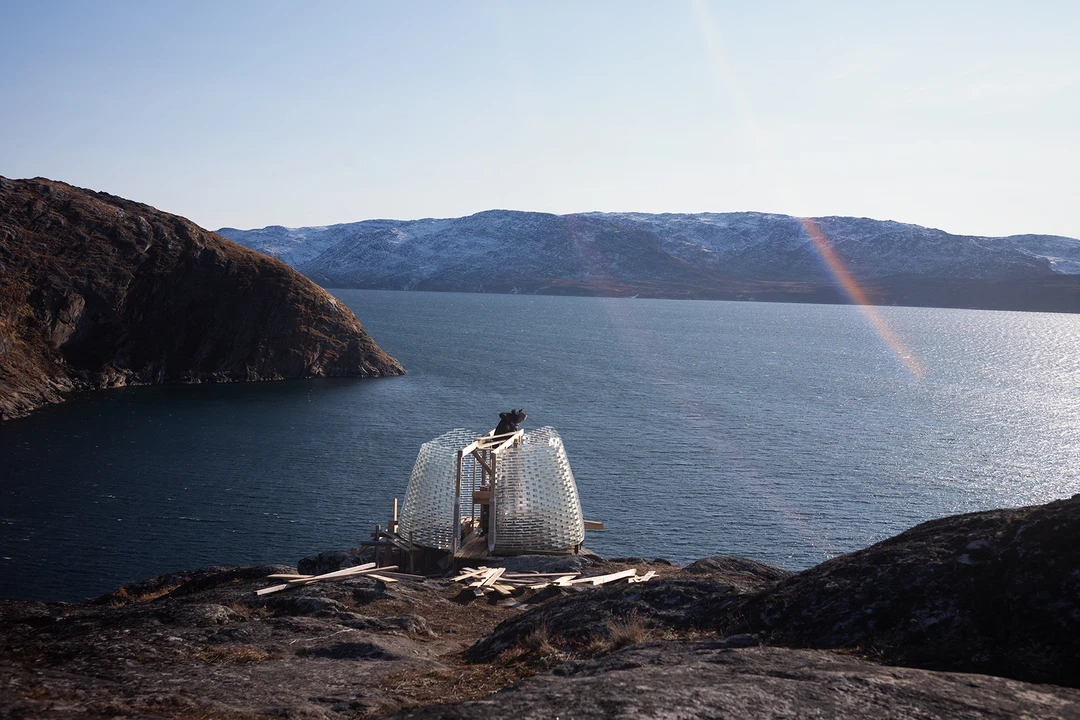
Principal Architects:Konstantin Arkitekter
Building Area:9 ㎡
Principal Materials:Glass
Principal Structure:Solid cast glass blocks.Stainless steel
Location:Sarfannguit , Greenland
Photos:Julien Lanoo.Konstantin Ikonomidis
Text:Joana Lazarova
Interview:Angel Chi
主要建築師:康斯坦丁建築師事務所
建築面積:9平方公尺
主要材料:玻璃
主要結構:鑄造玻璃磚.不鏽鋼
座落位置:格陵蘭薩凡吉特
影像:朱利安.拉努 康斯坦丁.伊科諾米迪斯
文字:喬安娜.拉扎羅娃
採訪:紀奕安

